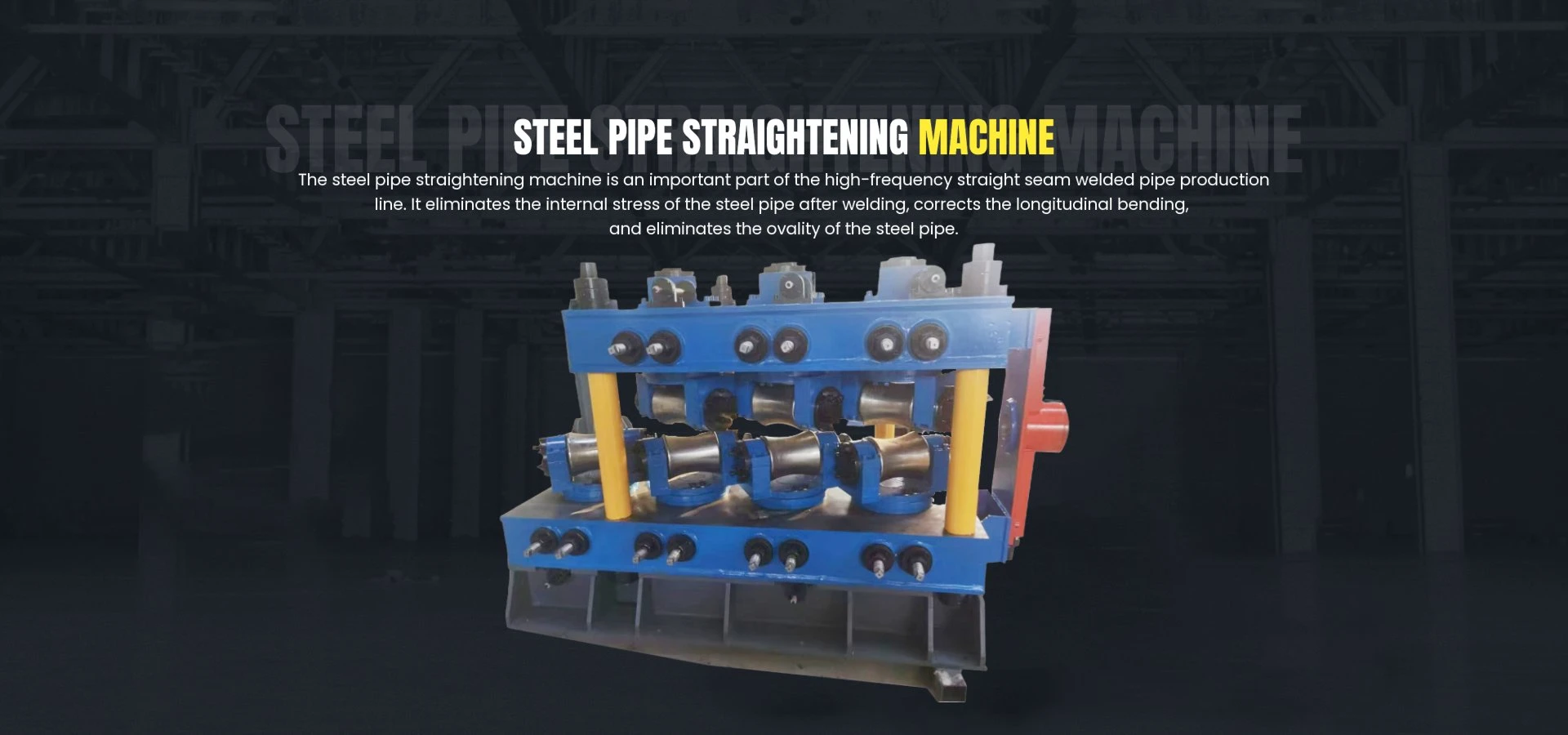Innovative Solutions for Manufacturing High-Quality Plastic Pipe Machines for Diverse Applications
The Evolution and Impact of Plastic Pipe Machines in Modern Manufacturing
The rise of plastic pipe machines over the past few decades has revolutionized the way we manufacture piping solutions for various industries. These machines are not merely pieces of equipment; they represent an important advancement in technology that has significantly improved efficiency, cost-effectiveness, and sustainability in the production of plastic pipes. This article delves into the evolution of plastic pipe machines, their operational mechanics, and their impact on modern manufacturing and infrastructure.
Historical Context
The journey of plastic pipes began in the mid-20th century, with the introduction of materials such as PVC (polyvinyl chloride), PE (polyethylene), and PP (polypropylene). As the demand for lightweight, durable, and corrosion-resistant piping solutions surged, manufacturers began to seek ways to produce these pipes at a larger scale and with greater precision. This led to the development of specialized machines designed specifically for the extrusion, molding, and fabrication of plastic pipes.
Early machines were relatively rudimentary, relying on basic extrusion techniques. However, advancements in technology have led to the emergence of sophisticated plastic pipe machines that incorporate advanced controls, automation, and high-speed production capabilities. Modern machines are equipped with computer numerical control (CNC) systems, allowing for precise measurements and consistent quality, which are crucial for applications ranging from construction to plumbing.
How Plastic Pipe Machines Work
At the core of plastic pipe production lies the extrusion process. Plastic pipe machines typically consist of several key components a hopper, an extruder, a die, and cooling tanks. The raw plastic material is fed into the hopper, where it is heated and melted by the screw mechanism in the extruder. Once it reaches a malleable state, the molten plastic is forced through a specifically designed die that shapes it into pipes of various diameters and lengths.
Cooling is essential in this process to ensure that the newly formed pipes maintain their shape and structural integrity. Post-extrusion, pipes often undergo additional processes such as cutting, printing, and inspection before they are packaged and ready for distribution. The versatility of modern plastic pipe machines allows manufacturers to produce pipes with different specifications tailored to the needs of various industries.
plastic pipe machine

The Advantages of Plastic Pipe Machines
The integration of advanced plastic pipe machines into manufacturing processes presents numerous advantages. Firstly, these machines enhance efficiency. With high-speed production capabilities, manufacturers can increase their output without compromising the quality of the pipes produced. This efficiency translates into significant cost savings, allowing businesses to remain competitive in an industry where margins can be tight.
Additionally, plastic pipe machines support sustainability initiatives. The production of plastic pipes typically consumes fewer resources compared to traditional materials like metal or concrete. Moreover, advancements in recycling processes mean that manufacturers can utilize recycled plastics in their production, further reducing the environmental impact.
Furthermore, the durability and longevity of plastic pipes have made them an attractive choice for infrastructure projects. These pipes are resistant to corrosion, chemicals, and biological growth, ensuring long-lasting performance with lower maintenance costs over time. As industries seek sustainable solutions without sacrificing quality, plastic piping systems continue to gain traction.
Future Trends in Plastic Pipe Manufacturing
As technology continues to evolve, so too will the capabilities of plastic pipe machines. Emerging trends such as the Internet of Things (IoT) and automation are set to reshape the industry landscape. Smart machines that communicate and streamline processes will enhance production efficiency and reduce downtime. Moreover, developments in biodegradable plastics may pave the way for more environmentally friendly options in the coming years.
In conclusion, plastic pipe machines have become a cornerstone of modern manufacturing, facilitating the production of efficient, durable, and sustainable piping solutions. The continuous evolution of these machines reflects an industry that is responsive to changing demands and environmental considerations. As we move forward, the role of innovative plastic pipe machinery will undoubtedly be crucial in building the infrastructure of the future, contributing to both economic growth and environmental sustainability.
-
High Frequency Straight Seam Welded Pipe Production Line-BzZhou Xinghua Machinery Equipment Manufacturing Co., LTD.|Precision Welding, High EfficiencyNewsJul.30,2025
-
High Frequency Straight Seam Welded Pipe Production Line|BzZhou Xinghua|Precision Welding&EfficiencyNewsJul.30,2025
-
High Frequency Straight Seam Welded Pipe Production Line - BzZhou Xinghua|Precision Engineering&EfficiencyNewsJul.30,2025
-
High-Frequency Straight Seam Welded Pipe Production Line-BzZhou Xinghua Machinery Equipment Manufacturing Co., LTD.NewsJul.30,2025
-
High-Frequency Straight Seam Welded Pipe Production Line-BzZhou Xinghua Machinery Equipment Manufacturing Co., LTD.|Precision Manufacturing, High EfficiencyNewsJul.30,2025
-
High Frequency Straight Seam Welded Pipe Production Line-BzZhou Xinghua Machinery Equipment Manufacturing Co., LTD.|Precision Steel Pipe Manufacturing&Industrial EfficiencyNewsJul.29,2025


